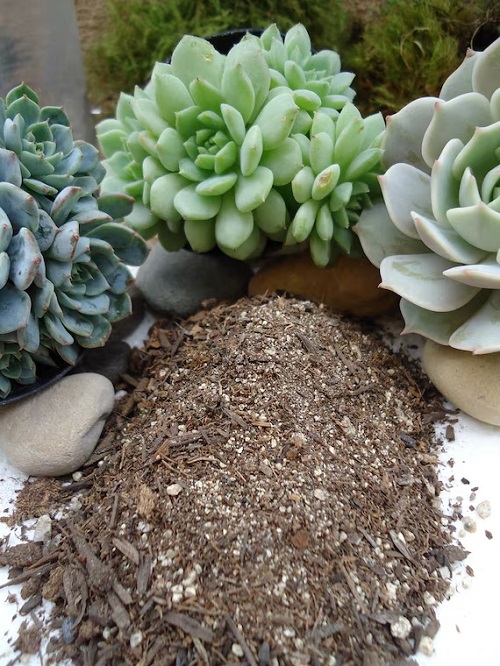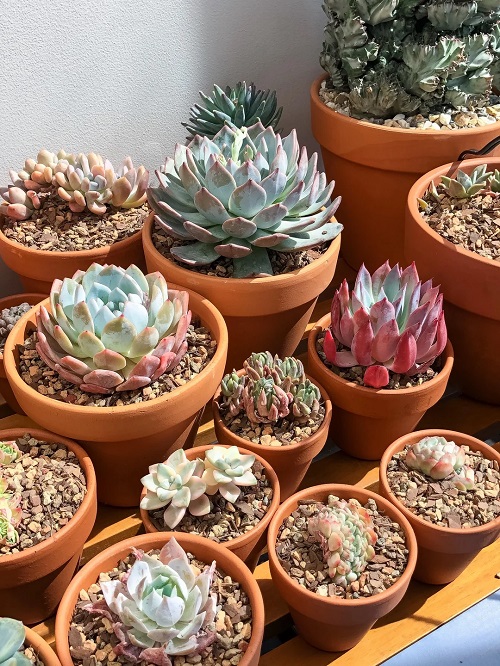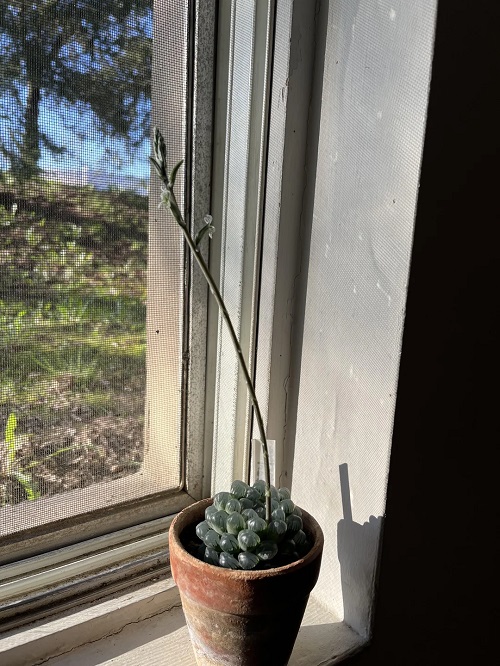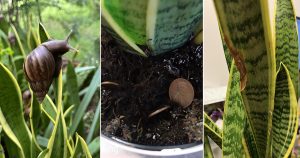Wish to fill your home with long-lived varieties and are wondering about How Long Succulents Live? Check out this detailed article below!
As you know already, succulents are so easy to care for and demand very less, but are they long-lasting? Have a glance here to see how long do succulents live and in what ways you can keep them healthy for a long period!
How Long Do Succulents Live
Succulents are slow-growers, drawing a wrong conception that they live for several years. But they don’t! These low-maintenance houseplants comprise a vast range of species, and their lifespan depends on the variety you are growing.
For example, varieties like Jade plants can survive up to 100 years, Barrel cactus can outlive centuries. Echeveria, Aloe, and Christmas Cactus can live up to 3-30 years, depending on the type. Plants like Sempervivum and Kalanchoe can live up to 5-7 years. Living Stones can live for 40-50 years if cared for properly.
Succulent Lifespans and How to Extend Them
Offshoot Succulents
Succulents like Sempervivums, Agave, and some Haworthia species reproduce through offshoots, or “pups.” If you let these pups grow and fill in the space where the original plant was, they can keep living long after their expected lifespan. Proper care can help these plants live even longer!
Monocarpic Succulents
Some succulents, known as monocarpic succulents, flower before they die. This is their way of reproducing before they pass on. Once a monocarpic succulent blooms, it’s time to enjoy the flowers and propagate any offshoots if possible. Examples include Sempervivums, Aeonium hybrids, Kalanchoe luciae, and certain Agave species.
How to Keep a Succulent Alive
While succulents are long-lived houseplants, it is essential to provide them with their native growing conditions to help them thrive longer:
Water Carefully
It is best to follow a ‘Soak and Dry’ method for your succulents. Water the plant thoroughly until it flows out of the drainage holes. Let the soil dry out before the next shower. Do not overwater.
Prune Them Timely
Snip away the dry and yellow leaves to keep them alive for long. Prune them at the beginning of the growing season to divert the energy towards new and healthy growth.
Feed Them the Right
Succulents aren’t heavy feeders. Fertilize them using a liquid fertilizer once every 4-5 weeks during the summer months. Slow-release fertilizers like steeped tea, fish emulsion, or humic acid fertilizer work best.
Use Good Quality Soil

Succulents need porous, well-draining soil that does not retain water for long. Root rot is the most common issue that results from wet and soggy soil.
Amend the medium with enough sand, pumice, crushed granite, and perlite to make an appropriate mix for your succulents.
Keep an Eye on Pests
Most succulents are prone to pest like mealy bugs, scales, spider mites, and fungus gnats that inhibit their growth. Just spray the plant with an insecticidal solution to keep them pest-free. Avoid overwatering to keep potential diseases at bay.
Give Them Room to Breathe
While most succulents love to stay root-bound, it is vital to repot them every 2-3 years when the roots start peeping out of the drainage holes or above the soil surface. This will allow them to breathe freely and live longer.
Quick Tips to Keep a Succulent Healthy
So, to keep your succulent happy and healthy, start by watering carefully—try to avoid getting the leaves wet, as they prefer water directly at the roots. You can place your succulent in a spot where it won’t face extreme weather, like scorching heat or frost, which can cause damage. Every now and then, gently clean the leaves using a soft cloth with a bit of soapy water to keep them free from dust.
Then you should make sure your succulent gets the right amount of sunlight—different types need different light levels, so adjust accordingly. Lastly, remember to skip pruning and fertilizing during the winter months, as succulents might be in their dormant or rest period.
Now, you have all the tips and tricks to keep your succulent healthy and how you can give them more life. We’re excited to hear about your experiences, so please share them in the comments!









